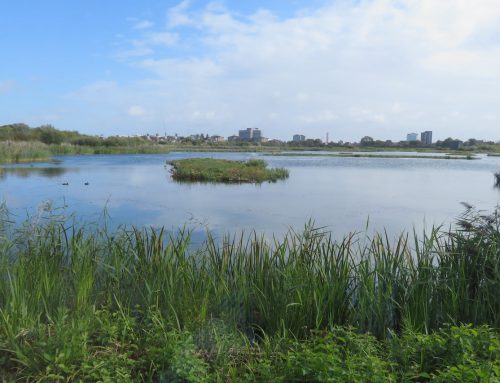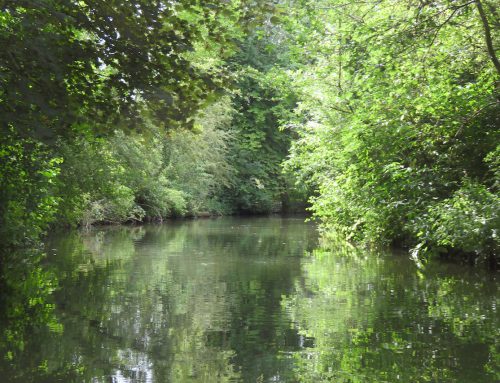Staying safe in the winter mountains
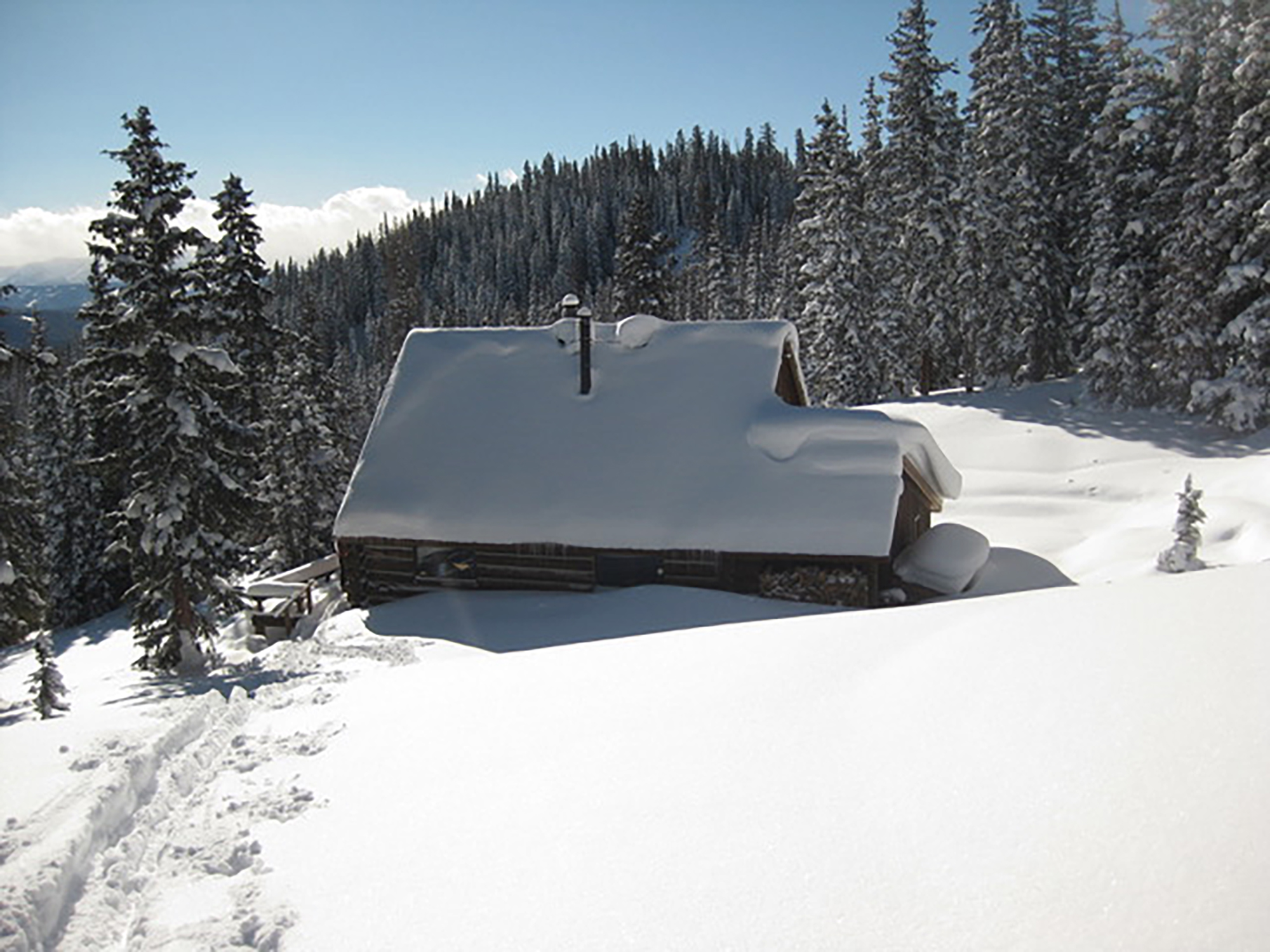
A hut near Vail - scenic for sure but hazardous, too

A hut near Vail - scenic for sure but hazardous, too
Chamonix, France
You are near a mountain summit, your skis are on, or perhaps a snowboard is underfoot, and you have decided to venture off piste. Before dawn, you heard the crump of distant explosive as local rangers cleared the pistes of powder crystals, but for you it is different. You enjoy the fresh, uncleared snow, which is so thin and light that when you ski it rises to your knees. Below you extends a gleaming slope, twinkling in the morning, and you cannot wait to get started. Briefly, you check around and ask that essential question, “What about my safety?”
An avalanche is a major risk and invariably occurs without warning. More than 90% are caused by human activity and that means you. Each year over 100 people are killed by avalanches in the European Alps, mostly France, Switzerland, Italy and Austria. Fifteen die each year in Canada, 40 annually in North America, and plenty more elsewhere. Peru’s 1970 Ancash earthquake set off an avalanche that killed more than 20,000 people, so snow slides must be taken seriously. A wise off-pister is always prepared for the unexpected.
There are ways of improving odds in winter mountains, guidance off-pisters should follow:
1. Basic education
Avalanche courses are now available, especially in the world’s major ski regions. Attend one before you go off piste. Understand snow, what makes an avalanche, and how to react should life take an unexpected tumble.
2. Avalanche risk report
Go nowhere off piste without this, so hunt one down if you can. European grades are from 1 to 5; 1 is low risk, 5 is extreme. More than 50% of avalanche deaths occur when the risk is level 3, only 1% at level 5. This is because most understand that to do anything in the mountains at level 5 is crazy.
3. Mountain weather forecast
Find a mountain forecast specific to your region. Clear blue sky in the morning does not mean it will remain all day. Mountain weather can change rapidly.
4. Understand snow pits
If a snowfield worries you, dig a rapid snow pit and put it to the test. Be familiar with the extended column test for snow instability, which is fast becoming essential for off-piste winter travellers.
5. Carry rescue items
a. Avalanche transceiver, which you should know how to use and keep switched on when off piste, except if you are looking for a victim. A transceiver emits a signal that allows you to be located if you are buried. Wear it against your body and do not put it in pocket or rucksack.
b. Avalanche probe - how else will you find your friend without one?
c. Snow shovel with a blade volume of at least 2.5 litres.
6. Airbag
Airbags more than double the chance of survival in an avalanche, but they do add extra weight. Deploy your airbag the moment you are in trouble. Good luck in persuading an airline to allow your airbag gas canister in your baggage. Most seem horrified at the thought. Just in case, check before you travel that you can rent a canister overseas.
7. Helmet
If you value your skull wear a helmet even if it dominates space in your rucksack. Take heart that more than 70% of skiers now wear them.
8. Terrain to avoid
a. Avoid slopes inclined at 30-45 degrees, especially if convex.
b. Avoid obvious avalanche paths and terrain traps. A terrain trap is a concave part of an avalanche run-out, where small volumes of snow can bury you deeply.
c. Avoid wind-loaded areas, on the sheltered side of a slope, such as an overhanging cornice.
d. Do not presume that tracks left by others are safe and certainly do not presume that because a skier ahead is secure, the same applies to you.
e. If you must cross a risky slope, undo your rucksack waistband and loosen your shoulder straps so you can jettison the pack instantly. Hold your poles without their straps around your wrists.
f. Leave time to make detours to avoid suspicious slopes.
g. Trees and boulders offer only limited protection.
9. Never ski alone off piste
Who will rescue you if you do?
10. Should the worst happen…
Should an avalanche trigger, there are tricks you can try - jump upslope, ski to the side, grab something solid and, should you tumble, try staying on the surface by swimming with the slide. None will assure your survival. Avalanches can travel at up to 120 kilometres per hour. Should you be buried, use those few moments before the snow solidifies to develop an airspace. Nearly 90% of avalanche deaths are caused by suffocation, only 5% by trauma.
If you see a colleague disappear under the snow, you must work fast. There is a 90% chance they will survive if extracted within 15 minutes, but a 30% chance should this stretch to 30 minutes. If a victim is buried more than six feet deep, the chances of survival are almost zero. In Europe, ring the generic 112 emergency number on your mobile immediately, 911 in the USA and Canada, but start rescue without professional help.
Keeping safe off piste is not a lightweight process, nor is it simple, but it will help your survival if you prepare properly.
Job done, now point your skis downhill, or snowboard should that be your choosing, and let gravity do the remainder. You have a tremendous day ahead.
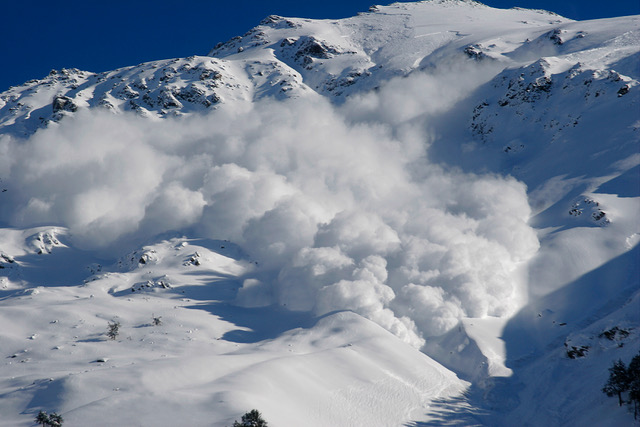
Avalanche in the Caucasus- somewhere you should not be
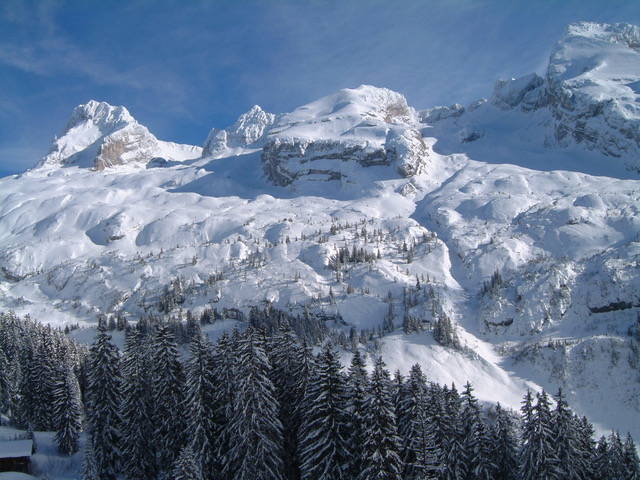
Fresh snow in the Alps - it may look good but can spell danger
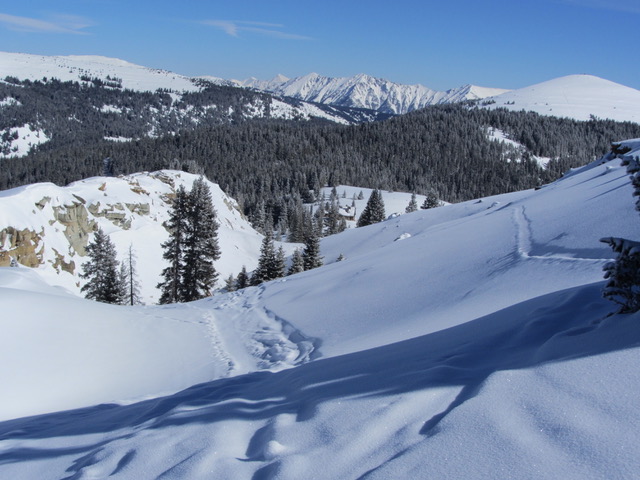
Ski tracks ahead in Colorado do not mean it is safe to ski



